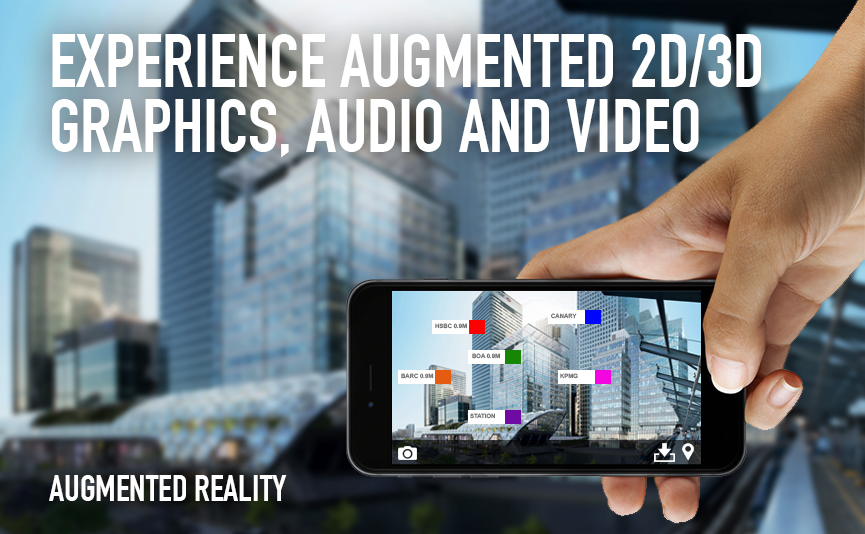Laboratory
Providing subcutaneous simplicity while retaining an aestheticized exterior. Improving the users experience by enhancing speed and usability through the streamlining of code and images. We create mobile specific functions to allow for increased functionality and speed. The same processes are applied to marketing strategy to create the most effective campaigns possible.
Summary
» Design Optimisation
» Mobile Friendly
» Development Optimisation
» Social Strategy
» Futureproofed Designs
» Social Media Optimisation
Virtual Reality
What Is Virtual Reality?
Virtual reality or virtual realities (VR), also known as immersive multimedia or computer-simulated reality. It is a computer technology that replicates an environment, real or imagined, and simulates a user’s physical presence and environment in a way that allows the user to interact with it. Virtual realities artificially create sensory experience, which can include sight, touch and hearing
Augmented Reality
What Is Augmented Reality?
Augmented reality (AR) is a live direct or indirect view of a physical, real-world environment whose elements are augmented (or supplemented) by computer-generated sensory input such as sound, video, graphics or GPS data. It is related to a more general concept called mediated reality, in which a view of reality is modified (possibly even diminished rather than augmented) by a computer. As a result, the technology functions by enhancing one’s current perception of reality. By contrast, virtual reality replaces the real world with a simulated one. Augmentation is conventionally in real-time and in semantic context with environmental elements, such as sports scores on TV during a match.
Holography
What Is Holography?
Holography is the science and practice of making holograms. Typically, a hologram is a photographic recording of a light field, rather than of an image formed by a lens, and it is used to display a fully three-dimensional image of the holographed subject, which is seen without the aid of special glasses or other intermediate optics. The hologram itself is not an image and it is usually unintelligible when viewed under diffuse ambient light. It is an encoding of the light field as an interference pattern of seemingly random variations in the opacity, density, or surface profile of the photographic medium. When suitably lit, the interference pattern diffracts the light into a reproduction of the original light field and the objects that were in it appear to still be there, exhibiting visual depth cues such as parallax and perspective that change realistically with any change in the relative position of the observer.














